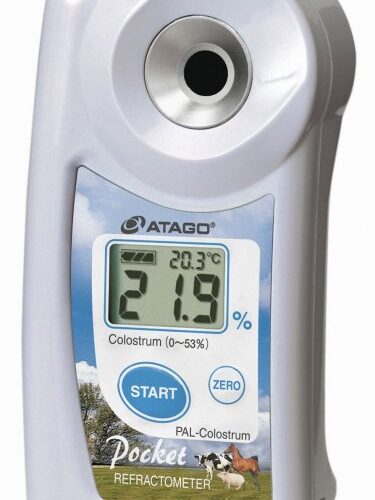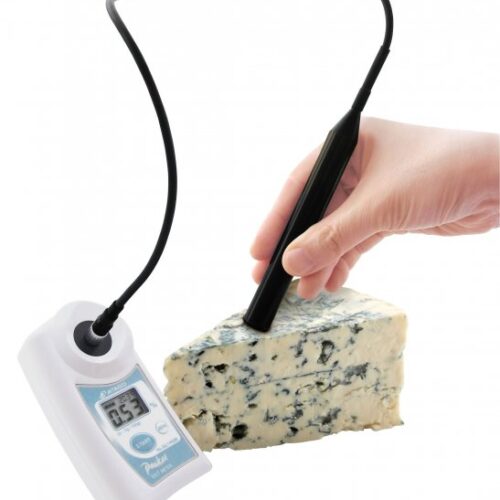Description
Resazurin Test
Resazurin reduction tests have been used to determine the microbial quality of milk and ice cream for many decades. The Resazurin test are used in the grading of raw milk and can be adapted for use at dairy processing facilities, receiving stations, cheese factories, and similar dairy operations. The test is easy to perform and allow simultaneous testing of numerous food samples. The resazurin reduction test is a rapid, inexpensive, and objective test for determining excessive microbial contamination in Milk. This test has been used to assess microbial spoilage of ground beef and sliced raw and cooked meats. It has been applied to frozen meat, frozen poultry pies and vegetables, liquid and dried eggs, and fresh scallops. In addition, it has been applied to heat-processed food products, including frozen meals and precooked frozen shrimp, in which naturally occurring biological reducing agents have been inactivated.
Resazurin Tablet Procedure for Milk
The procedure for making the resazurin test is as follows: Prepare resazurin solution by dissolving one resazurin tablet (dye content/ tablet, approximately 11 mg, certified by Biological Stain Commission) in 200 ml of hot distilled water as was done in the methylene blue test. Place one ml of dye solution in a sterile test tube Reductase Tubes 5/10ml (100), then add 10 ml of sample. Stopper the tube Rubber Bung Red Reductase Tube (pack of 20), place in the incubator and, when the temperature reaches 36o C, invert to mix the milk and dye. Incubate at 36o C. Tubes are examined and classified at the end of an hour in the “one-hour test” or at the end of three successive hourly intervals in the “triple reading test.” The following relationships of color and quality are generally accepted:
Color of Sample: Quality of Milk
- Blue (no color change): Excellent
- Blue to deep mauve: Good
- Deep mauve to deep pink: Fair
- Deep pink to whitish pink: Poor
- White: Bad
The resazurin test may be a valuable time saving tool if properly conducted and intelligently interpreted, but should be supplemented by microscopic examination.






